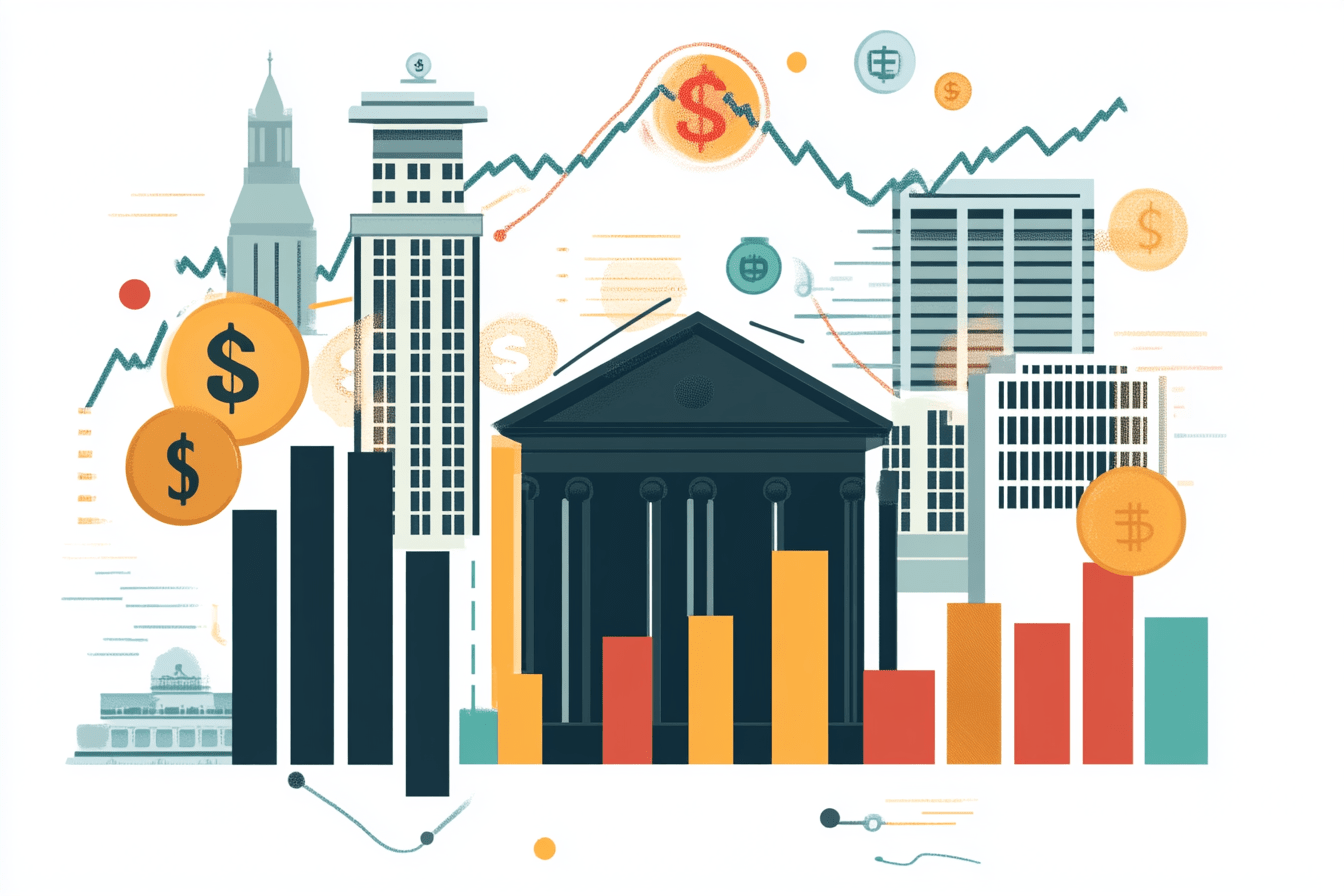The End of Secular Stagnation: A Cautionary Signal for Governments and Central Banks
Former U.S. Treasury Secretary Larry Summers has acknowledged that the neutral interest rate will be higher than previously expected. This shift carries significant implications for public finances.

It is often said that when John Maynard Keynes was criticized for changing his mind on a particular issue, he responded: “When the facts change, I change my mind. What do you do, sir?” While the quote is likely apocryphal, the sentiment was recently put into practice by one of the most prominent Keynesian economists of our time, former US Treasury Secretary Larry Summers. Speaking at the New York Economics Club, he made a striking declaration: “My estimate of the neutral interest rate right now is around 4.5%.”
For those unfamiliar with economic jargon, the “neutral” interest rate is the equilibrium level at which the central bank should set rates in the absence of inflationary or recessionary pressures.
This statement is remarkable because it comes from the same economist who, for years, argued that the global economy was mired in “secular stagnation”—a long-term condition in which interest rates were destined to decline towards zero. In the context of the US economy, a 4.5% nominal rate implies a real rate of 1.5% to 2%, the highest in fifteen years.
It takes courage to revise one’s views so dramatically. Summers has the intellectual authority to do so, and the data are unequivocal: as the accompanying chart illustrates, long-term interest rates in the US, the UK, and the eurozone’s three largest economies had been steadily declining for decades.

However, starting in 2022—coinciding, perhaps not coincidentally, with the resurgence of inflation—interest rates rose sharply across all major economies. They have remained elevated ever since, even as inflation has receded and short-term rates have come down.
Does this mean the era of secular stagnation is over? While it may be premature to draw definitive conclusions, three years of persistently high long-term rates suggest that this is no mere anomaly.
This is especially true given that, over the past year, central banks have repeatedly reassured markets that inflation is under control and that rate cuts are imminent.
Perhaps financial markets are signaling something that central banks have yet to fully acknowledge: that geopolitical uncertainty, doubts about the future of trade, the erosion of globalization, and the end of abundant cheap labor and manufacturing goods mark the end of an era in which inflation was naturally low and stable. Another distinguished Keynesian, the veteran British economist Charles Goodhart, had warned of this shift years ago. Now, it appears to be happening.
Summers’ argument, however, did not stop there. His next statement was equally striking: “If the neutral rate is around 4.5%, monetary policy is not significantly restrictive, and there is no reason to ease it.”
He was referring to the US Federal Reserve, whose benchmark rate currently stands at 4.3%, down a full percentage point from last year. This decline has occurred even as inflation remains between 2.5% and 3%, depending on the measure used. Until recently, the Fed’s public forecasts anticipated another full percentage point of rate cuts over the next two years, though that expectation has been increasingly questioned in recent weeks.
The European Central Bank (ECB) is the last to recognize the structural shift taking place. Having cut rates by a percentage point in 2024—bringing its benchmark rate down to 3%, a significantly lower level than the Fed’s—the ECB has indicated that further rate cuts are on the way. Markets currently expect rates to fall to 2% by year’s end.
Yet, given Summers’ reasoning, the long-term rate trends illustrated in the chart, and the latest eurozone inflation data—2.4% in December, a figure that may be inflated by past trends but is likely to remain supported by rising service prices, energy costs, and the euro’s depreciation—this forecast is increasingly in doubt, even within the ECB itself.
The central bank must seriously reassess what the neutral rate should be and reconsider whether its current policy is truly restrictive or, in fact, already neutral. In a recent report to the European Parliament, I reached conclusions for Europe that closely align with Summers’: the ECB’s monetary policy is now neutral, and there is no room for further easing.
One final observation concerns Italy’s public finances. The chart highlights two spikes in Italian bond yields—one in 2011, during the crisis that led to Mario Monti’s technocratic government, and another in 2018, during the first phase of Giuseppe Conte’s coalition government.
Today, yields have returned to that latter level, but for different reasons: whereas past crises stemmed from domestic confidence shocks, today’s drivers are international in nature. It is also worth correcting a common misconception: while the current government sometimes claims credit for reducing the spread from the elevated levels left by its predecessor, this narrative is misleading.
The spread widened at the end of the Draghi government due to its growing weakness and market concerns that its successor would pursue fiscally irresponsible policies.
Nevertheless, Prime Minister Giorgia Meloni and Finance Minister Giancarlo Giorgetti deserve significant credit for defying those expectations and maintaining fiscal discipline over the past two years.
However, the winds have now shifted, and Italy must recalibrate. The assumptions underpinning its debt reduction plans are no longer valid—not only due to slower growth but also because of the structural shift in interest rates.
While the situation is not yet critical, it is fragile, even if markets have yet to reflect this reality fully. The well-tested duo of Meloni and Giorgetti must return to the trenches. Much will depend on their ability to navigate this new era of higher rates and tighter fiscal conditions.
IEP@BU does not express opinions of its own. The opinions expressed in this publication are those of the authors. Any errors or omissions are the responsibility of the authors.
